Walter Chazin
-
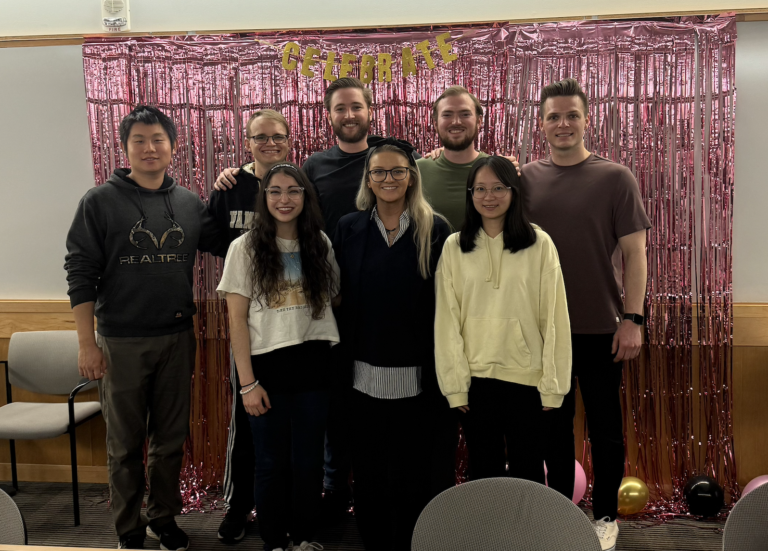
Good chemistry: how chemistry students expand their skill set through hands-on, experiential learning
This past academic year, seven graduate students and one undergraduate student participated in the 2025 Merck Compound Challenge. Created in 2018, the competition gives teams from around the world 48 hours to create a proposed route of chemical steps from a commercial chemical they believe will make the final compound. Read MoreJul 16, 2025
-

Q&A: Illuminating a critical step in initiating DNA replication in eukaryotes
Brandt Eichman and Walter Chazin, professors of biochemistry, have worked together to provide a better understanding of how exactly DNA replication is initiated in eukaryotes. Using Vanderbilt’s state-of-the-art instrumentation in the Center for Structural Biology’s Cryo-Electron Microscopy Facility, Eichman, Chazin and their colleagues provided detailed visualizations of a multi-functional protein in action, which sheds light on how DNA replication is initiated in humans. Read MoreMar 15, 2024
-
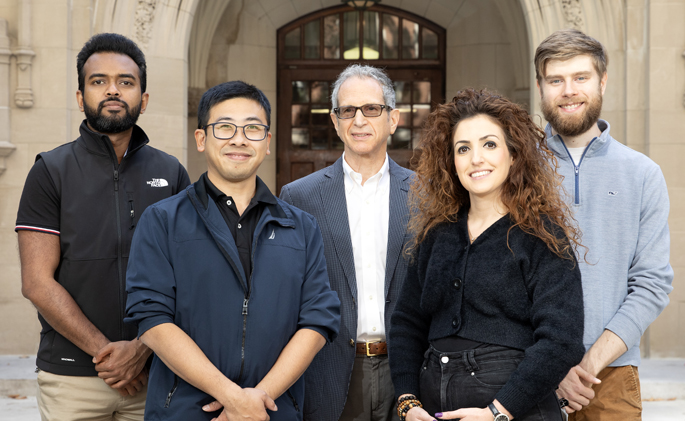
Study discovers role for gut bacteria in host-pathogen competition for nutrients
Vanderbilt research shows that commensal gut microbes impact the host-pathogen competition for iron and have implications for therapeutic strategies aimed at preventing pathogens from acquiring essential nutrients. Read MoreOct 27, 2023
-

DNA’s on/off switch
Walter Chazin and colleagues have identified how a chemical "switch" in DNA primase, an enzyme essential to the replication of our genomes, works in order to hand off genetic information to the next enzyme. Read MoreJan 18, 2019
-
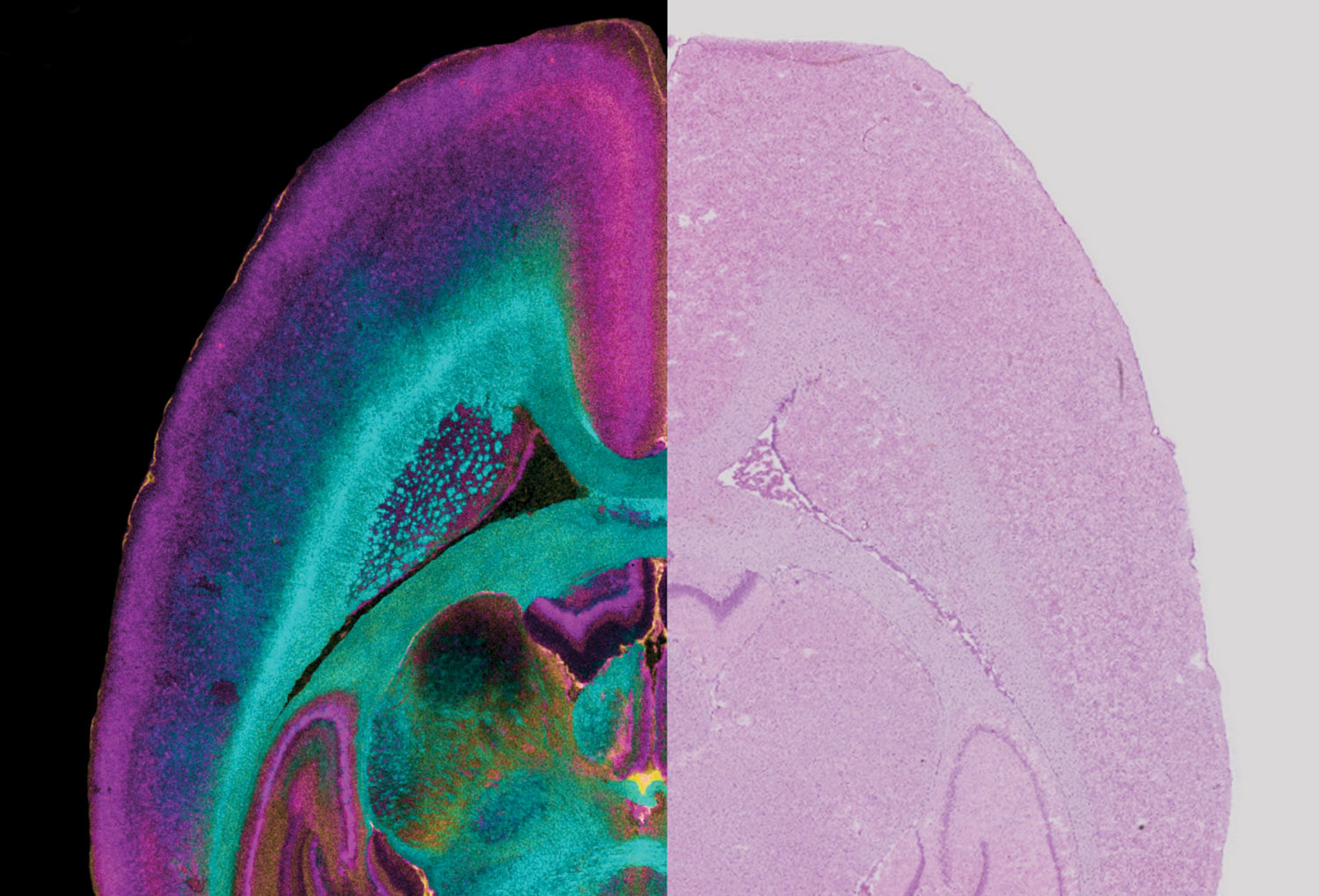
Up Close and Personal: Vanderbilt explores the frontiers of imaging technology
Recent advances in imaging technology are enabling Vanderbilt scientists to gain unprecedented views of how molecules, cells and tissues work together, yielding radical new insights into the causes, treatment and prevention of disease. Read MoreJun 8, 2018
-

New view of the heartbeat
Structural views of the proteins that regulate the heartbeat may help improve existing treatments for cardiac arrhythmias. Read MoreApr 6, 2018
-

DNA damage repair: molecular insights
Structural details about a protein involved in the repair of damaged DNA provide insight into xeroderma pigmentosum disorders, which are characterized by increased risk for skin cancer. Read MoreDec 5, 2017
-

Repriming replication roadblocks
New findings shed light on how enzymes that replicate DNA skip over mutations that might cause cancer and restart DNA synthesis further away. Read MoreJun 12, 2017
-
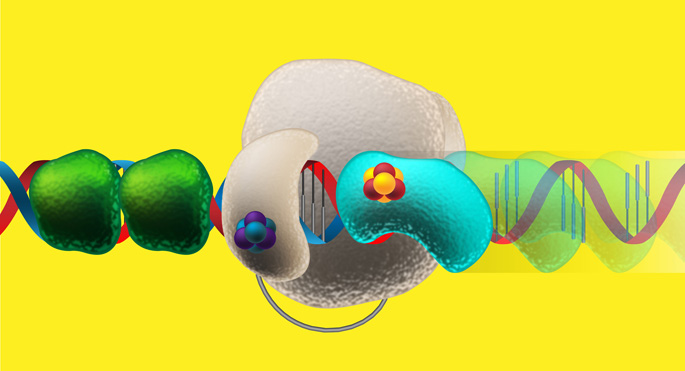
Team identifies ‘switch’ involved in DNA replication
DNA replication is an extraordinarily complex multi-step process that makes copies of the body’s genetic blueprint. It is necessary for growth and essential to life. Now researchers at the California Institute of Technology (Caltech) and Vanderbilt University have found evidence that one of those steps may involve the telephone-like transmission of electrical signals regulated by a chemical “switch.” Read MoreFeb 23, 2017
-

VUMC investigators find pathogens work together to infect host
Pseudomonas aeruginosa and Staphylococcus aureus — two pathogens that frequently co-infect the lungs of patients with cystic fibrosis — appear to cooperate with each other, Vanderbilt investigators have discovered. When pseudomonas is starved for metal by the host, it shuts down the production of factors that would normally kill staph, promoting a co-infection. Read MoreNov 3, 2016
-
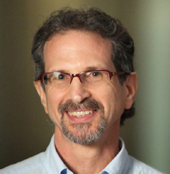
Chazin honored with international biophysics award
Walter Chazin, Ph.D., director of the Vanderbilt Center for Structural Biology, is a recipient of a 2016 Fellow of the Biophysical Society award. Read MoreOct 22, 2015
-
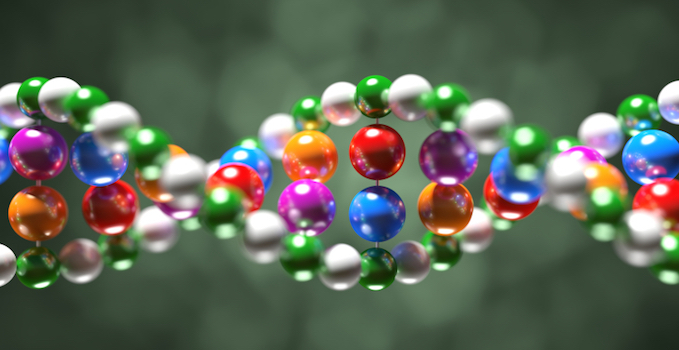
Study sheds light on crucial DNA binding protein
Researchers at Vanderbilt University have established the molecular basis for the function of Replication Protein A (RPA), a DNA binding protein that is a crucial “scaffold” for genome replication, response to damage and repair. Read MoreJul 30, 2015
-
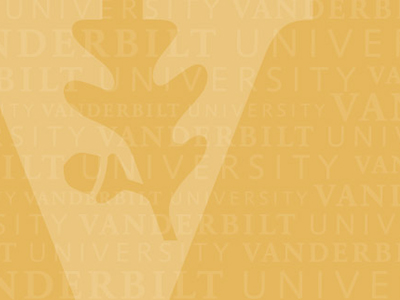
Center for Structural Biology symposium to feature stellar lineup
The Vanderbilt University Department of Biochemistry will host a two-day symposium March 6-7 to honor the 60th birthday of Walter Chazin, Ph.D., director of the Center for Structural Biology. Read MoreFeb 26, 2015
-

Repair protein’s DNA recognition motif
Insights into the workings of DNA damage response proteins such as SMARCAL1 could suggest new ways to improve genome integrity and prevent cancer. Read MoreMay 23, 2014
-
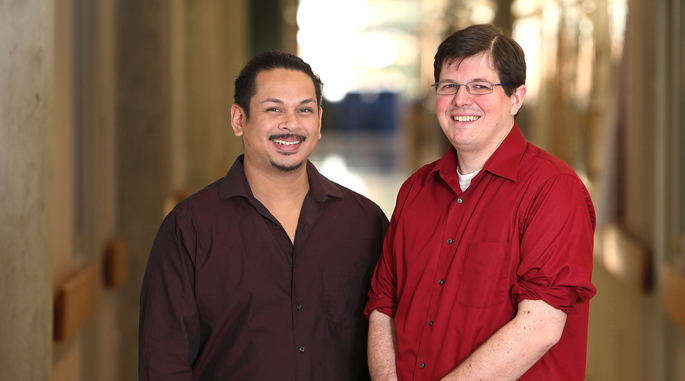
Antibacterial protein’s molecular workings revealed
Vanderbilt investigators report new insights to the workings of calprotectin, an immune system protein that “starves” bacterial pathogens of the metal nutrients they require. Read MoreFeb 21, 2013
-
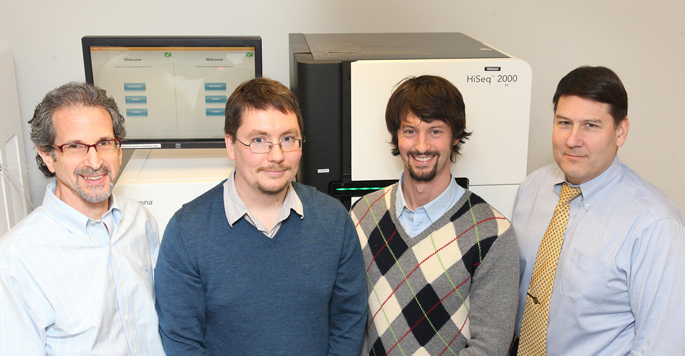
Study tracks genes involved in heart rhythm disorders
A team led by Vanderbilt University investigators has discovered two new genes — both coding for the signaling protein calmodulin — associated with severe early-onset disorders of heart rhythm. Read MoreFeb 7, 2013
-

New view of DNA processing ‘hub’
Structural studies reveal a new framework for understanding a central player in DNA processing. Read MoreJan 23, 2013
-

Zinc: a new antibiotic target?
It may be possible to fight hospital-acquired pathogens like Acinetobacter baumannii by targeting the bacterium’s need for the nutrient metal zinc. Read MoreJan 17, 2013
-

Starvation diet kills staph bacteria
The antibiotics of the future could take a page from the immune system’s playbook – and “starve” bacteria of the nutrients they need. Read MoreAug 26, 2011
-
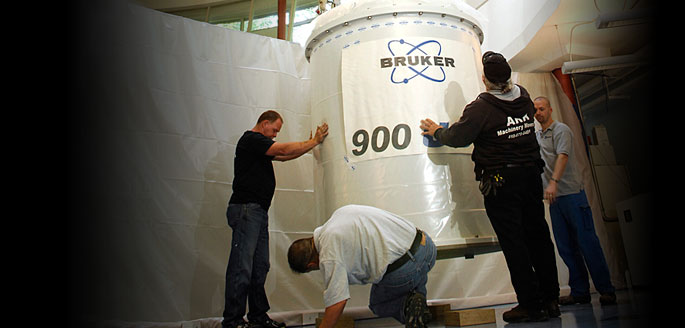
Powerful NMR magnet a boon to research at Vanderbilt University
Vanderbilt University’s acquisition of a 900 megahertz nuclear magnetic resonance (NMR) spectrometer will accelerate studies on cancer and Alzheimer’s disease. Read MoreMay 13, 2011